The 2008-2020 Groningen Masterplan builds its planning on the strategic location of the city of Groningen on the North of the Netherlands. It highlights the importance of the existing mesh of transportation networks, by air, land and water and the necessity to further strengthen their function and interconnectivity. Such networks allow the city of Groningen to be in constant collaboration and exchange with its neighboring satellite cities of Assen, Drachten, Winschoten on a regional level and the rest of the country and the world in a surpa-regional scale.
LOCATION: Groningen, Nederlands
STATUS: Selected Project
The idea of a mini metropolis is what stimulates our thinking and drives our design proposal. To come up with functions and urban typologies that allude to the immediate needs of the city yet share the vision of inter-regional collaboration, of joined initiatives.
The Europan 12 competition strategic site, broadly defined as the area west of the Central Train Station, dissected by the Hoendiep canal, and circumscribing the former Suikerunie factory in the south and the Furniture Boulevard on the north, is in close proximity to a series of important urban clusters of the city, the Central Rail¬way Station area, the Historic City Center, the Stadtspark to name a few. Purely for reasons of internal organization and risk management the area has been excluded from the 2008-2020 phase of strategic planning of the city. The competition of Europan comes to raise anew the question regarding the use of this area, its potential to complement the strategic planning of the city so far or even to exceed it, presenting ideas that could either conform to the hierarchical structure of the city or break away with it.
Within the broader context of Groninger as mini-Metropolis and capital of the North, we set up to explore ways in which the strategic site of the Europan area could transform itself from its current state as the backyard of the city to one of its most prominent destinations and spectacles. In its former state, up to the beginning of the demolition of the factory buildings, the site was pretty much determined, both in terms of land use and identity. The ‘brutal’ act of demolition signals a turning point for the urban regeneration of the site. A dense amalgam of industrial structures, the house of a very labor-intensive production process is wiped out, deleted as if it had never existed. The last remnants of the almost centennial history of the factory, a brick chimney and small part of the building stand amidst a vast tabula rasa of urban land; forgotten pixels in an image that seems to belong to the realm of computer graphics rather that of reality. We like to face the challenge of such a bold intervention and set it almost as a paradigm.
The act of removal becomes a design tool, a first necessary stage to create a new substrate to work with. We set out a new infrastructure of interventions rather than a singular act. We think of process and the ripple effect of results. We seek foremost a new identity on which to place a barrage of design steps. We question the meaning of the words urban innovation and experimental garden for new urban developments. To the competition brief we answer : Does it entail The design of an iconic building as a source of inspi¬ration for area development – as has happened frequently in Groningen? Or is there rather a need here for a more modest architectural intervention but then one that acts as a catalyst for a spectacular transformation for this part of the city. We wish to aggregate the urban mesh of Gronigen with an¬other important node.
The left-over character of the site becomes its greatest premise. We respond to the brief of the competition by laying out on this new land, this Terra Nova, the seed of multi-functionality. We wish not to over determine the program at this stage, only to point out that the new land is born out of the city, its paths being the natural extension of the streetscape, its infrastructure, physical and virtual, contributing to the extensive network of educational and research institutions of the city.
owing its longevity to the capacity of the human intellect. Being Dutch means growing up under this fine line between the natural and the man made, the natural and the artificial, between what would naturally exist and what exists only as the desire of man.
The Hoendiep canal is physically connected to – part of this vast technical undertaking of man. A barrier and a splendid opportunity to quote the competition organizers. To work with the canal means to take into account this vast network and consider its importance. The first act of our architectural intervention is one of hydrological nature. Through the opening up of a new canal however we do a lot more than to reorganize slightly the stream of the water. We create a new artificial boundary, a new entity we choose to call the island (despite the fact that all of the country is more or less islands of some sort).
By treating it as an island we automatically introduce the potential of a new identity.
Once the technological infrastructure proves stable and the threat of a natural disaster is diminished man starts to explore further this potential marriage of nature and technology. Artificiality becomes then an axiom and a modus operandi – the natural can never again exist without the technique. The engineers set new frontiers in the manipulation of nature to fulfill man’s desire.
Yet only the outline of the island does not suffice to grant it a new identity.
We decide to build on the idea of nature as artifice, of land as a sort of malleable piece of paper. We introduce imaginary geological forces. Mountains are built, some made to look ‘natural’, others made to look artificial. The program is buried underneath. Now we have the straight and the curved, the horizontal and the oblique in one. We have plateaus, valleys and canyons, a beach and a small biotope, swimming tanks and open air theaters. And in the interior a powerhouse of knowledge, research facilities, innovation.
We consider the existing structures of the strategic site redundant. Their poor ‘tin-box’ quality lacks identity and can only deteriorate further. Their poor performance makes our decision lighter. The transformation of such tin-box structures would have been possible. Yet only as a temporary solution.
One island, broken down in three distinct zones.
All three come together to form a coherent system that through its diversity and multi-functionality becomes a prototype of urban development.
The second zone concentrates on the theme of ecology. The mountain form approximates a natural mountain one can easily climb on. This part of the island meets the water in a soft manner. Here nature comes to develop spontaneously. A biotope will eventually grow on today’s parking lots. Inside multi-task research facilities could be available to students, young professionals, start-up companies. A powerhouse of creativity.
CREDITS:
DESIGN TEAM:
Angeliki Evripioti, Architect, Patras School of Architecture, MAUD, GSD, Harvard University
http://www.evripiotis.eu/
Dimtris Zoupas, Architect, NTUA, MDeS, GSD, Harvard University
http://zoupas.eu
Iris Giannakopoulou, Marios Petrogonas, Architecture Students
Angeliki Evripioti, Architect, Patras School of Architecture, MAUD, GSD, Harvard University
http://www.evripiotis.eu/
Dimtris Zoupas, Architect, NTUA, MDeS, GSD, Harvard University
http://zoupas.eu
Iris Giannakopoulou, Marios Petrogonas, Architecture Students
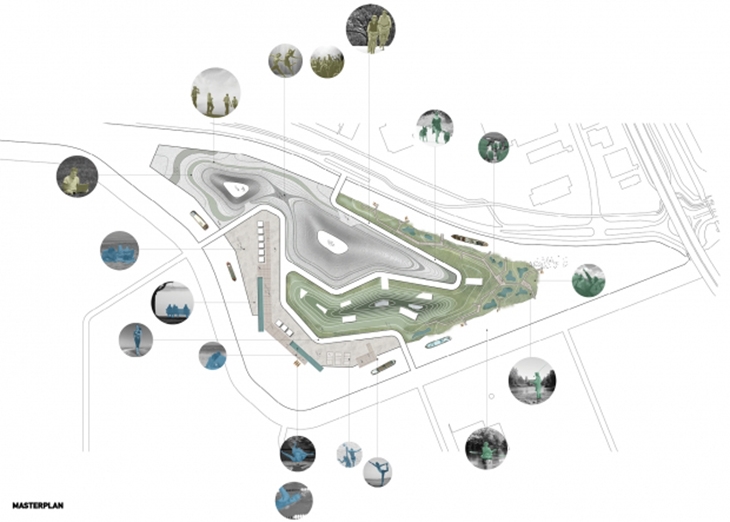 COPYRIGHT (C) 2013 EVRIPIOTIS
COPYRIGHT (C) 2013 EVRIPIOTIS COPYRIGHT (C) 2013 EVRIPIOTIS
COPYRIGHT (C) 2013 EVRIPIOTIS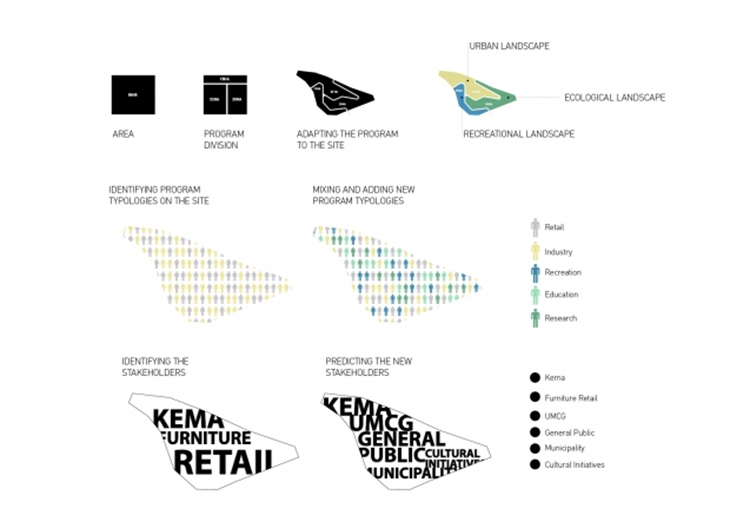 COPYRIGHT (C) 2013 EVRIPIOTIS
COPYRIGHT (C) 2013 EVRIPIOTIS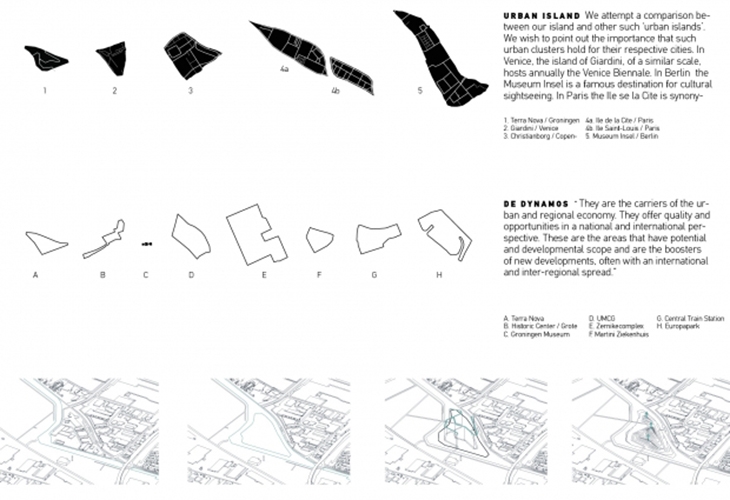 COPYRIGHT (C) 2013 EVRIPIOTIS
COPYRIGHT (C) 2013 EVRIPIOTIS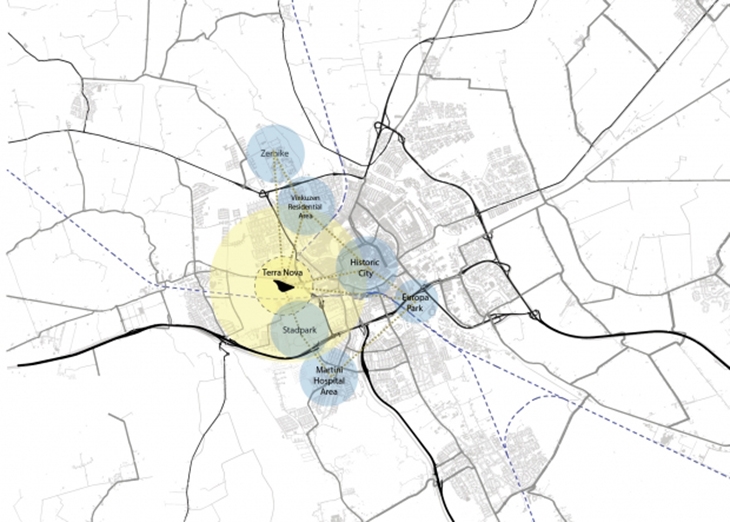 COPYRIGHT (C) 2013 EVRIPIOTIS
COPYRIGHT (C) 2013 EVRIPIOTIS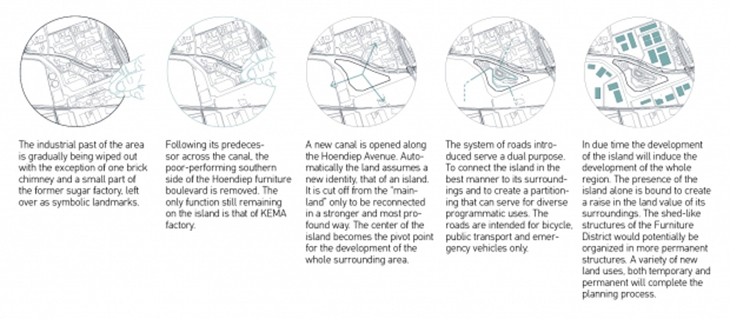 COPYRIGHT (C) 2013 EVRIPIOTIS
COPYRIGHT (C) 2013 EVRIPIOTIS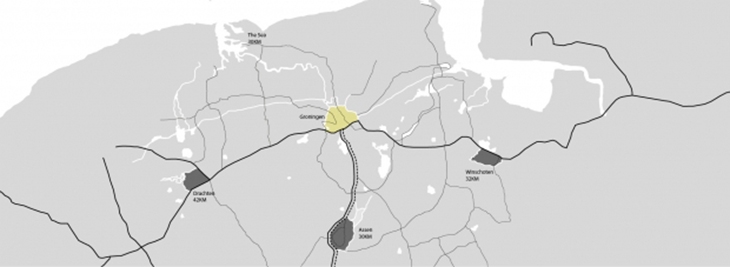 COPYRIGHT (C) 2013 EVRIPIOTIS
COPYRIGHT (C) 2013 EVRIPIOTIS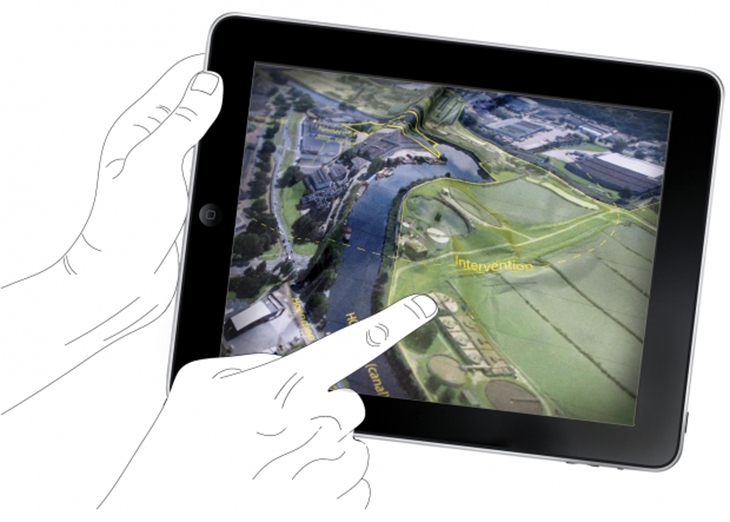 COPYRIGHT (C) 2013 EVRIPIOTIS
COPYRIGHT (C) 2013 EVRIPIOTIS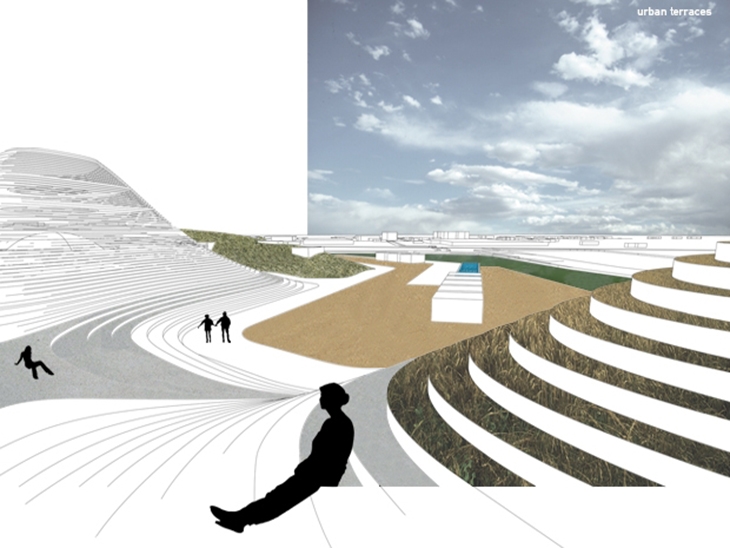 COPYRIGHT (C) 2013 EVRIPIOTIS
COPYRIGHT (C) 2013 EVRIPIOTIS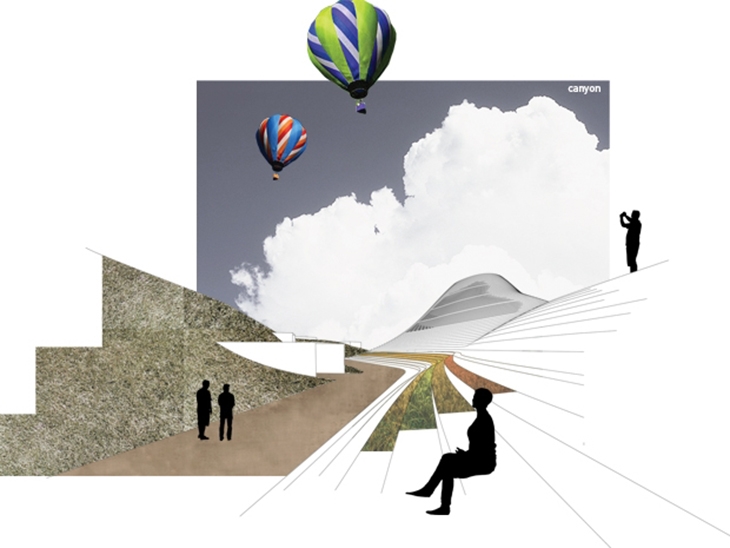 COPYRIGHT (C) 2013 EVRIPIOTIS
COPYRIGHT (C) 2013 EVRIPIOTIS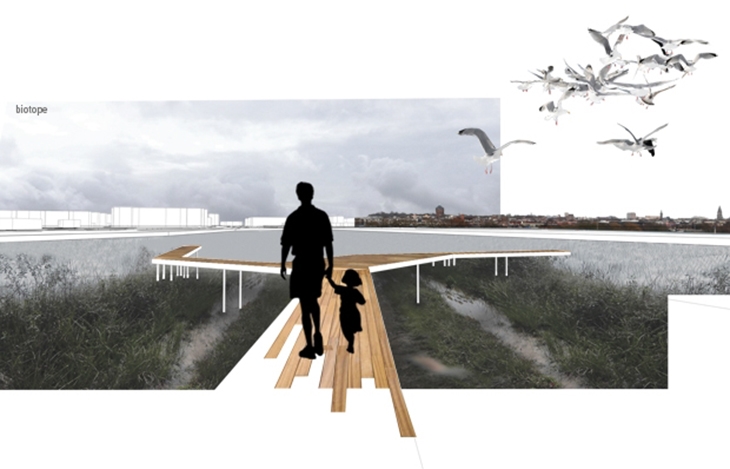 COPYRIGHT (C) 2013 EVRIPIOTIS
COPYRIGHT (C) 2013 EVRIPIOTIS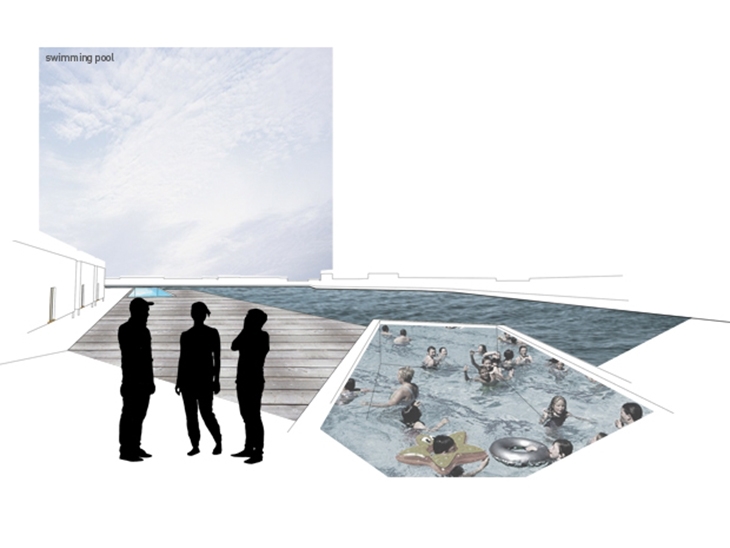 COPYRIGHT (C) 2013 EVRIPIOTIS
COPYRIGHT (C) 2013 EVRIPIOTISREAD ALSO: BIG + HKS + MDA HAVE UNVEILED THE DESIGN FOR THE NEW HONEYCOMB BUILDING AND ITS ADJACENT PUBLIC PLAZA IN THE BAHAMAS